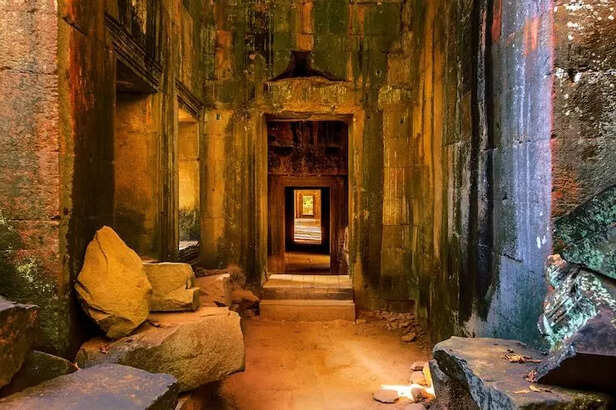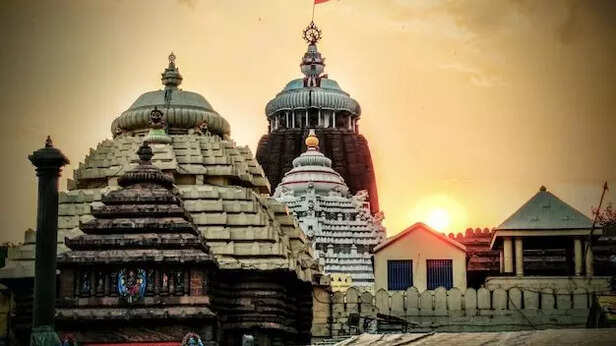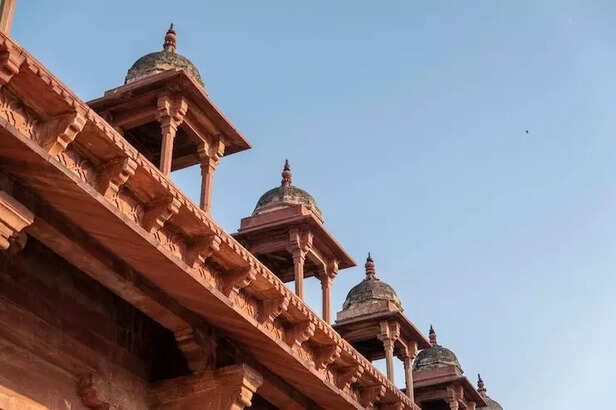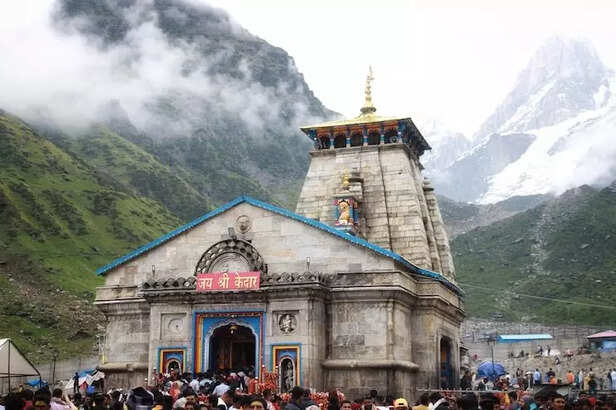1. This is Earth. You and I live here.
2. And here is where we are exactly in our neighborhood, the Solar System
3. This is the distance, to scale, between the Earth and the Moon. Doesn't look like much, right?
4. It’s not quite like that. All the planets in the Solar System fit between the Earth and the Moon…
The average distance between the Earth and the Moon is 384,400 km. This would fit all the planets and still have about 8,030 km left over.
5. …so let’s talk about planets. This green blob is North America on Jupiter.
North America compared to Jupiter.
6. And here is the size of Earth (or rather, six times Earth) compared to Saturn
7. To illustrate this better, look at how Saturn's rings would look if they were on Earth.
From Ecuador, Polynesia, Alaska and Washington.
8. Here's a comet. Recently, man landed a probe on one of these. Just look at the size comparison between a comet and Los Angeles:
I think you can imagine the damage if one of these collided with the planet, right?
9. But nothing compares to our Sun. Look:
You are here.
10. This is the view from the Moon:
11. And here's the view from Mars:
12. And this is what Earth looks like from Saturn's rings:
13. Now see how our home looks from Neptune – 6,437,376,000 km away
To paraphrase Carl Sagan, everyone and everything you know exists on this tiny dot.
14. But let's get back to the Sun. Here's a comparison of its size compared to Earth. Scary, right?
That's right. The Sun doesn't even fit in the image.
15. See the Sun from the surface of Mars:
16. This is nothing. To quote Carl Sagan again, there are more stars in space than there are grains of sand on all the beaches on Earth.
17. Do you know what this means? There are stars much, much bigger than our beloved Sun. Just look at how insignificant it can seem:
18. Here's another perspective. The largest star, VY Canis Majoris, is 1 billion times larger than the Sun.
19. But none of this compares to the size of a galaxy. Get this: if we reduced the Sun to the size of a white blood cell and reduced the Milky Way to the same scale, the size of the Milky Way would be equivalent to the size of the United States.
What madness!
20. Of course this is because the Milky Way is huge. Here's where we are:
21. And this is all you can see in the sky:
All the stars you see at night are inside this yellow circle.
22. If you haven't been impressed yet, now your head WILL explode. Look at the size of the Milky Way compared to other galaxies:
IC 1011 is 350 million light years away from Earth. Just imagine all that could exist in this space. Seriously, it's scary.
23. YES, you can think bigger. Just in this photo taken by the Hubble telescope there are thousands of galaxies, each containing millions of stars and some planets.
24. This is UDF 423, one of the largest galaxies ever photographed. It's 10 BILLION light years away.
Looking at this image is like looking back billions of years. o______O
25. This is a picture of a small part of the universe. An insignificant part of the starry sky.
26. Oh, and there's more! It's safe to say that there are black holes out there. Here's a comparison of the size of a black hole to Earth (just to scare you):
Black hole NGC 1277 > Orbit of Neptune > Orbit of Earth.
So if you're upset because your team lost again, or because your favorite soap opera isn't going the way you'd like: just remember...
27. This is our home.
28. This is what happens when we take a broader view of our neighborhood, the Solar System
In red is Earth.
29. This is what happens when we have an EVEN WIDER vision…
In red is the Solar System.
30. …YET MORE…
The Milky Way.
31. …CONTINUE…
In red is the Milky Way along with other galaxies.
32. …LET’S GO FURTHER…
I don't even know what this means anymore, but that entire group of galaxies from the previous image is in the little red dot in the image above.
33. …HOW FAR WILL THIS GO?
34. There you have it. There you have it, the entire observable universe and your place in it. Just a tiny ant in a giant jar.
All above is just observable universe.





